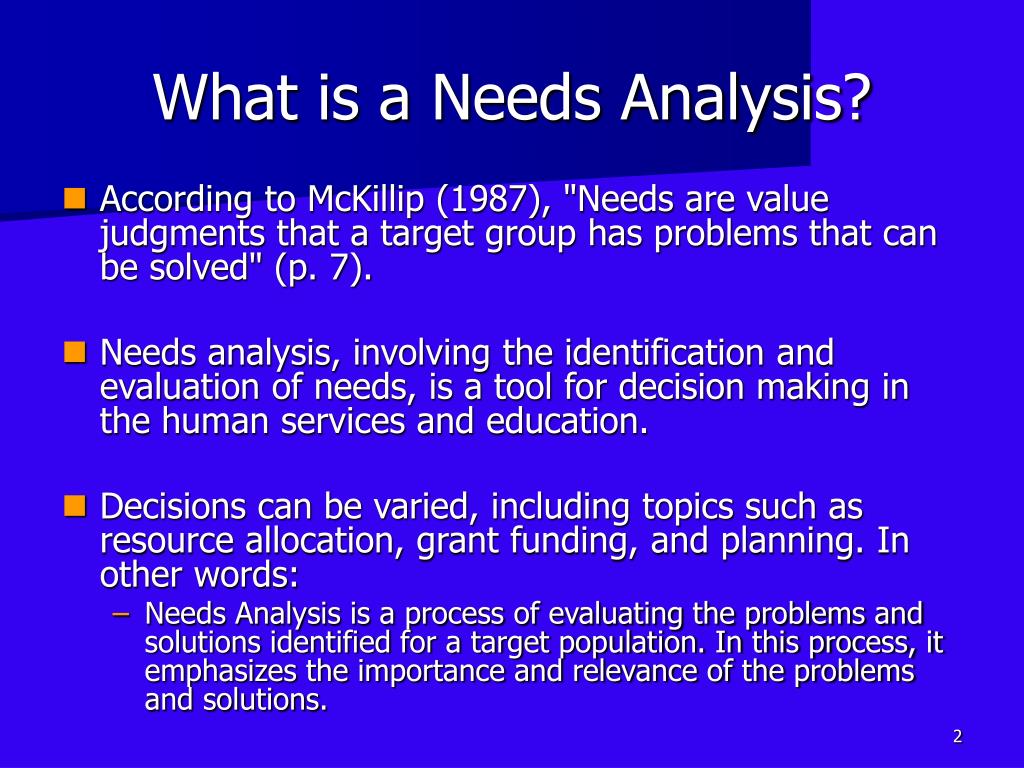
In the process evaluation, the fidelity of program implementation to the expectations and work plan are compared to identify improvements or modifications. Stakeholders utilize input evaluation data to make decisions regarding subsequent program implementation. Depending on the purpose of the input evaluation, data regarding budget, work plans, political barriers, legal constraints, review of best practice standards/extant literature, and resource availability should be considered (Stufflebeam, 2003).

From a comparison to best practice standards, educators develop new programs or identify changes needed to the current program. The overall evaluation orientation drives the implementation of the input evaluation and allows for comparison of existing programs. Summarized context evaluation data are shared with stakeholders for their interpretation. Any appropriate means of data collection can be utilized, such as checklists, advisory panels, or town hall meetings, (Stufflebeam, 2000, Stufflebeam, 2003), as long as the information obtained is reliable and credible. Much of this information is obtained from stakeholders, including accreditation bodies, program administration, the community, and students and faculty within the program. Once evaluators have determined their orientation, they begin a more prescriptive approach to program evaluation by identifying components for each of the four main evaluations in the CIPP model.Ī detailed assessment of the program begins with a context evaluation, within which program needs, problems, assets, and opportunities are evaluated (Stufflebeam, 2000, Stufflebeam, 2003). (1971), evaluations are conducted from one of two orientations: (a) improvement/formative-oriented evaluations performed at program completion to guide the creation of a new program or improve an existing program or (b) accountability/summative-oriented evaluations conducted during program implementation to determine adherence to the intended program outline. The CIPP model is both flexible and prescriptive when utilized to assess program quality.


Although the CIPP model has been utilized for large-scale analyses of health care systems (Farley and Battles, 2009, Kahn et al., 2014), its comprehensive format has great utility for educators and administrators on a smaller, program-specific scale. These aspects are assessed via four main evaluations (context, input, process, and product), which collectively provide data to assess the overall program. The CIPP model requires the consideration of multiple aspects of a program, including input from representative stakeholders, to conduct a comprehensive assessment.

The context, input, process, product (CIPP) evaluation model (Stufflebeam et al., 1971) provides a theoretical framework that can guide the determination of a program's overall quality and merit.


 0 kommentar(er)
0 kommentar(er)
